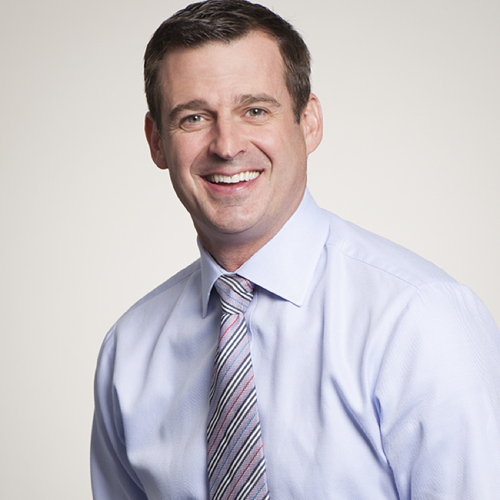Thought Leaders in Healthcare IT: Michael O’Neil, CEO of GetWellNetwork (Part 1)

There are tremendous inefficiencies in the healthcare ecosystem and a large percentage of these can be streamlined with technology. This is a field where technology has an unambiguous positive impact to bring to bear. However, we’re still far from where we need to be.
Sramana Mitra: Let’s start with some introduction. Let’s introduce our audience to yourself as well as to GetWellNetwork. What do you do? What’s your background?
Michael O’Neil: I’m the Founder and CEO of GetWellNetwork. We are a company that has been around for some time exclusively focused on trying to help healthcare providers across the world engage and activate their patients more effectively so they can improve quality and service of care by lowering the cost of care. That’s what we do.
Sramana Mitra: What is the value proposition? What is the go-to market strategy?
Michael O’Neil: As healthcare providers assume more financial risk in their model of delivering care, we are helping them leverage our patient engagement solutions to improve quality of service while lowering cost by getting patients to better self-manage and self-actualize around their own healthcare.
Sramana Mitra: Can you double-click down and take us through a couple of use cases?
Michael O’Neil: We work in 300 plus hospitals across the US and Middle East. We also work in 300 to 500 different clinics. Oftentimes, we meet patients at the point of care. We might meet a patient in a hospital bed. We might meet a patient in the waiting area of a clinic. As we meet them, we know who they are. We know what language they speak, what medications they’re on, and what procedures they’re having. We know that through pretty heavy data integration with the clinical record system.
When we meet a patient, for example, in a hospital bed and that person has just been diagnosed with cancer, we begin to inform, educate, engage, and activate that patient into their care. We begin to teach them about their medications. We begin to prepare them for discharge. We begin to follow them home. We become the unified digital platform on behalf of the provider for the consumer. We follow them throughout their care journey.
Sramana Mitra: Who’s paying in this picture that you described?
Michael O’Neil: Our model is really straightforward. The healthcare providers are our customers. Everybody from Stanford University to Kaiser Permanente to the University of Chicago are our customers. They license our patient engagement platform to help them improve quality, service, and financial metrics and outcomes.
In this day and age, as the reimbursement model shifts from fee-based to value-based, you can imagine their ability to assume more risk and improve cost, quality, and service metrics are directly tied to their reimbursement. In our model, the healthcare providers are our paying customers. The healthcare consumers are the users of the platform.
Sramana Mitra: Do you have case studies that actually translate what you’re doing into actual metrics and return on investment?
Michael O’Neil: We do. We have a whole library of published case studies that are readily available. They, oftentimes, talk about improvement from patient satisfaction, fall rates, and loyalty of patients.
Sramana Mitra: What do you see, in the orbit that you’re circling in, as the trends and the open problems?
Michael O’Neil: When we first started the business 15 or so years ago, people were talking about patient engagement in an evangelical mode. Every hospital wanted to do right by their patients, of course. Frankly, there wasn’t a business imperative to do it. As the financial model of healthcare has shifted and evolved over time and the payers of healthcare are asking providers to take on more accountability by providing higher quality care at a lower cost, we are seeing initiatives around patient engagement shift from a mission to a real imperative of the organization.
It’s really been a pretty significant shift since we started the business. The trends we are seeing are that, of course, a lot of funding and applications and technologies are flowing into the healthcare market to address this need of providers to effectively engage their patients.
This segment is part 1 in the series : Thought Leaders in Healthcare IT: Michael O’Neil, CEO of GetWellNetwork
1 2 3
Featured Videos
Can 1M/1M Help Me Raise Money?
How Does 1M/1M Democratize Entrepreneurship Education?
How Does 1M/1M Democratize Management Consulting?
When Is The Right Time To Join 1M/1M?
Can 1M/1M Help Me With Business Development?
Can 1M/1M Help Me With Market Sizing?
Can 1M/1M Help Me Validate My Product?
Will I Have Private 1-on-1 Sessions In 1M/1M?
How Does 1M/1M Help Entrepreneurs Connect With Silicon Valley?
Mentoring or Consulting?
Why Does 1M/1M Charge $1000 a Year?
Why Does 1M/1M Partner With Local Organizations?
Why Don\’t Mentoring Networks Work?
Why Is It Important To Study With 1M/1M Now?
Dan Stewart Story
Vikrant Mathur Story
